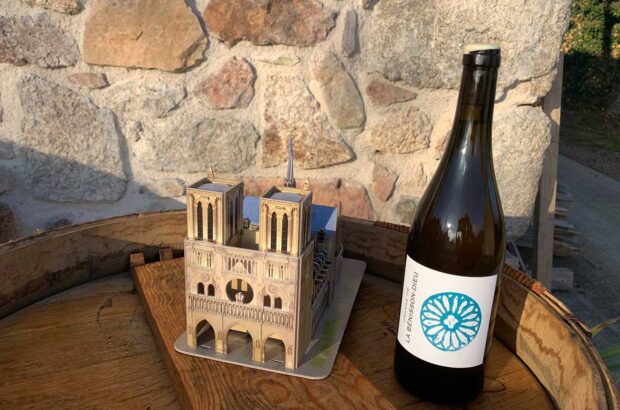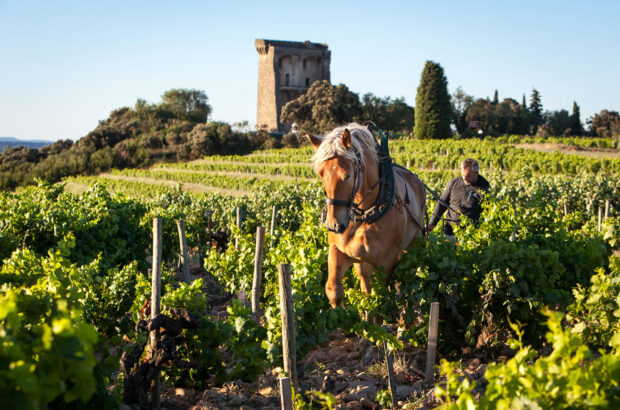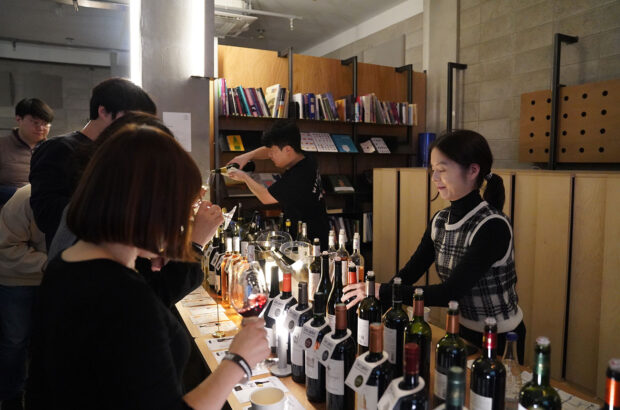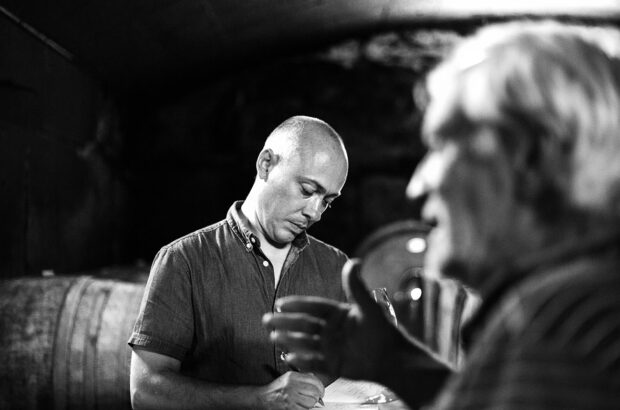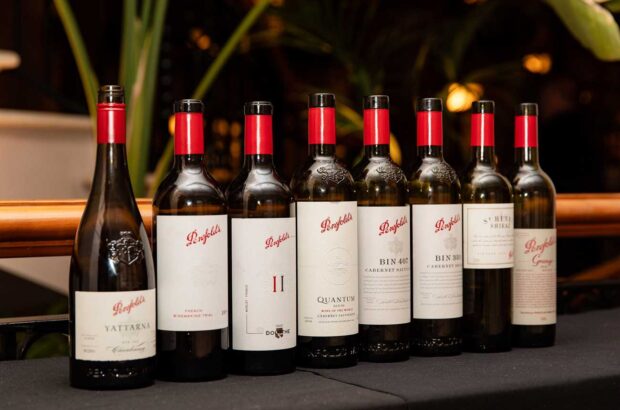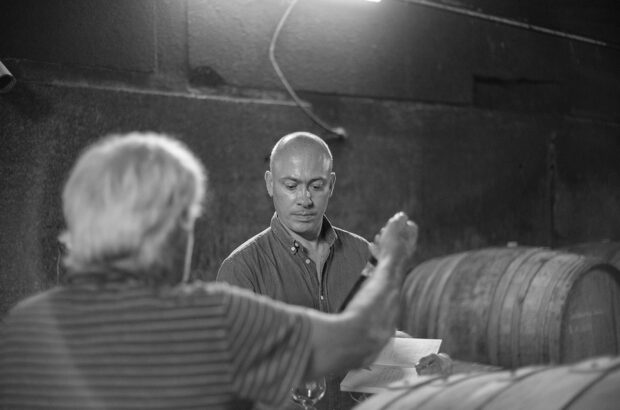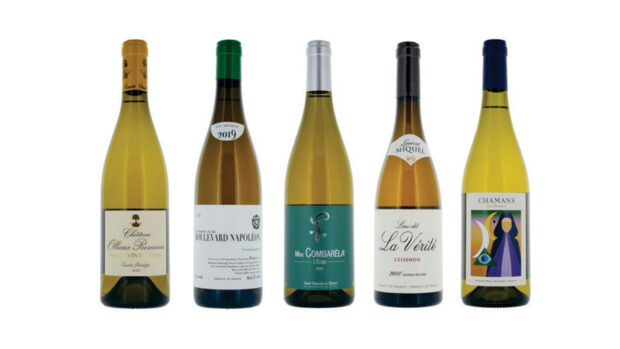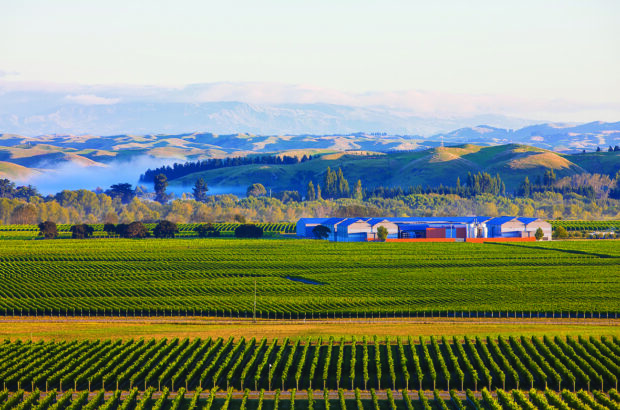A little background first. The unstitching of France’s colonial empire in North Africa between 1956 and 1962 intensified political tensions on Corsica as well as giving rise to an ill-starred attempt by recently arrived French-Algerian wine farmers to turn Corsica’s eastern plains into a gigantic factory vineyard. Between 1960 and 2000, production rose four-fold – then collapsed.
Away from the plains in the higher-quality appellation zones, meanwhile, an undiscerning tourist market combined with the distraction of ongoing economic and political struggles led to what Etienne Suzzoni of Clos Culombu in the island’s north has called ‘a dilettante period’ for Corsican wine. When I wrote The New France between 2000 and 2002, Corsica was little more than a quiet postscript and its wines, I felt, ‘too insular for their own good’.
No longer. In place of the unwanted 30,000ha, Corsican production has now shrunk to about 6,000ha, and a calmer political atmosphere (thanks to increasing political autonomy) is taking tourism upmarket and rewarding winemaking investment. Growing pride in Corsican identity means a reassessment of the island’s 30 or so indigenous varieties. Meanwhile, the younger generation is bringing conceptual freshness, design flair and contemporary winemaking subtlety to the island.
Cue a problem of growing familiarity: rusting appellation regulations. ‘We have perpetual discussions,’ says Guillaume Seroin of Sant’Armettu in Sartène (southwest). ‘Corsica has difficulty with change. Tradition is important and I want to honour it, but at the same time I want to sell my wine and not follow the rules of others.’
Yves Leccia, one of the island’s quality pioneers, felt obliged to switch his production from AP Patrimonio to Vin de France shortly before the 2022 harvest. ‘They don’t want to discuss anything,’ says Yves’ wife Sandrine about the appellation authorities. ‘It’s been very hard for Yves.’ Eric Mialhe of Domaine Vico and Clos Venturi says the problem lies in Paris with the INAO, which ‘doesn’t want to move forward’.
Those buying the wines seem blithely disengaged with what’s on the label. Suzzoni’s son Paul-Antoine has been taking over from his father at Clos Culombu since 2016, and the ‘Storia di…’ range he has created makes full use of the 19 varieties now planted at this domaine near Calvi, as well as using steel, earthenware jars and concrete eggs for ageing the wines. The white Storia di E Signore 2021 mingles Vermentino (just 25%) with co-fermented native whites like Brustianu, Cualtacciu, Biancu Ghjentile, Cudiverta, Riminese and Genovese, and the result is doughy, honeyed yet stony, softly echoing with fugitive allusions. The red Storia di Sgio 2020 does the same for the island’s Niellucciu and Sciaccarellu combination, bringing it into play with Carcaghjolu, Murescone, Aleaticu and Vintaghju. The effect here is urgent, vital, salty-savoury yet vividly fruity, too, full of the shock of the new.
That same unassignable exoticism combined with textural finesse and assured balance and control can be seen in the red Yves Leccia, O Bà! 2018 (mingling Niellucciu with Grenache – called Elegante on the island – and Minustellu), while Biancu Ghjentile performs solo in Leccia’s white Altru Biancu 2021: sappy, spicy, stony, succulent, and built as much on plant flavour as fruit. Another haunting solo turn comes with Sant’Armettu’s Elegante 2021: sumptuously silky red wine from the granite sands of the Coteaux de Tizzano.
What’s underway on Corsica is a new exploration of Mediterranean wine identity, of its limits and lineaments. I wonder if they’re paying attention in Provence?
In my glass this month
Corsica’s leading inland, high-altitude estate is Domaine Vico and its Clos Venturi single-vineyard sibling, both now imported to the UK by Liberty Wines. The red Domaine Vico, Le Bois de Cerf 2021 (a Niellucciu and Sciaccarellu blend sold under the Vin de Corse AP) is singing and close-grained, with a bright, juicy purity and freshness to it. Mediterranean wine for Burgundy lovers? See what you think.




